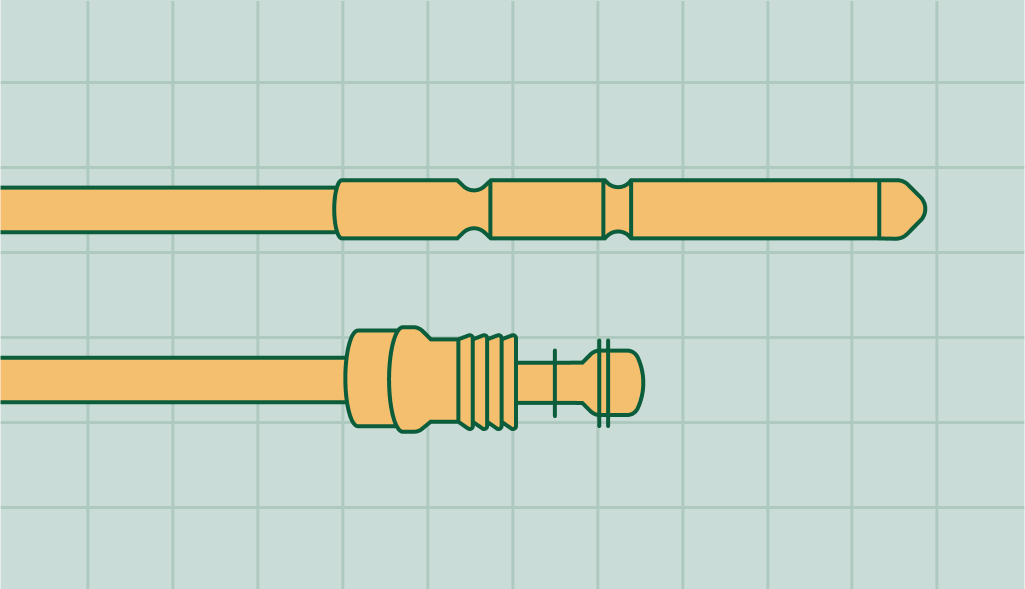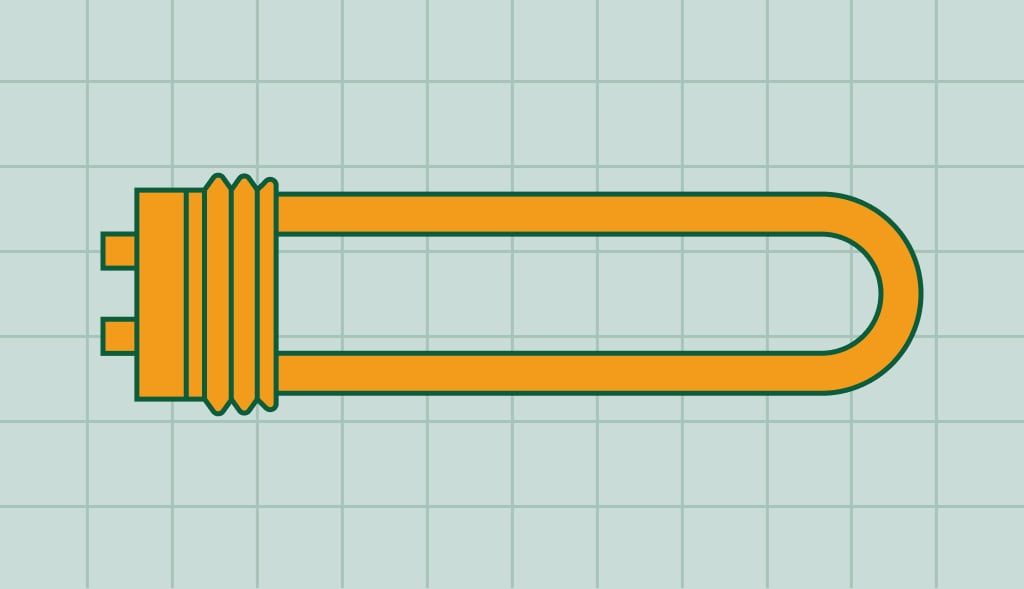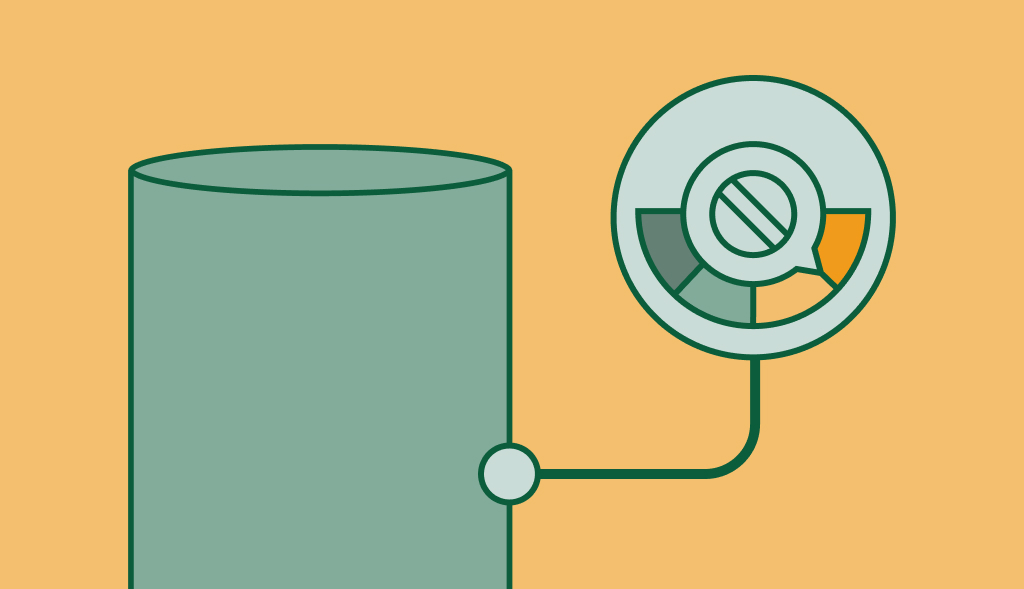Understanding Your Water Heater Thermocouple

A thermocouple is an important component of a gas-powered water heater. It ensures your safety while enabling the heater to function effectively. It controls the gas supply to the equipement and can be a common cause of trouble if it malfunctions. Let’s dive into the world of thermocouples and learn how they function, and how to recognize and solve common problems.
Although it has been replaced by a more modern system on recent models, this technology is still used in many installations. All new models of water heaters are no longer equipped with a thermocouple, the latter being replaced by a newer technology.
The welding that crowns the device is made with two distinct materials. It is the detail at the origin of this designation of thermocouple.
What Is A Heater Thermocouple?
The water heater thermocouple is a safety device found in gas-fired water heaters. It is a heat-sensitive component that operates as a safety barrier to control the flow of gas to the heater.
The thermocouple acts as a sensor for the water heater pilot light. When the pilot light is lit, the heat from the flame keeps the gas supply going. However, if the pilot light goes out, the thermocouple triggers the gas control valve to shut off the gas supply. This precaution is to prevent gas leaks.
Recognizing a Bad Thermocouple
Recognizing a bad thermocouple is often straightforward due to specific symptoms your water heater may display. Here are the most common signs:
Pilot Light Won’t Stay Lit
A telltale sign of a bad thermocouple is when your water heater’s pilot light refuses to stay lit. If the pilot light goes out or won’t stay lit, the thermocouple is not transmitting the right signal to the control valve.
Water Heater Isn’t Producing Hot Water
Another symptom of a faulty thermocouple is when your water heater fails to heat water. Even if he gas supply is on and the pilot light seems to work correctly. If the thermocouple is failing, it could be shutting off the gas supply prematurely and this will result in hot water not working.
Replacing Your Water Heater Thermocouple
If you’re experiencing the above symptoms, thermocouple replacement may be required. Here’s a brief overview of the steps involved:
To do this, you have two options:
- replace it with an identical thermocouple model;
- use a universal thermocouple.
Turn Off the Gas Supply: Caution
Remember before any work, safety first! Turn the gas control valve to the ‘off’ position and disconnect the gas supply to the water heater. Remember to cut off the electrical supply.
Remove the Burner Assembly
Next, the burner assembly needs to be removed to access the faulty thermocouple. Be cautious and follow the instructions from your water heater’s manual.
Replace the Thermocouple
Once the burner assembly is removed, you can disconnect the bad thermocouple from the gas control valve. Then, install the new thermocouple by connecting it to the gas control valve. Then, position it so that it will be adequately heated by the pilot light.
To do this, you have two options:
- replace it with an identical thermocouple model;
- use a universal thermocouple.
Caution: Before carrying out any work on your water heater, remember to:
- switch off the appliance (“off” position),
- shut off the gas supply
- cut off the electrical supply.
Reassemble and Test
After replacing the thermocouple, you can reassemble the burner assembly and turn the gas supply back on. You should then attempt to light the pilot light. If it lights and stays lit, and your water heater begins heating water again, the replacement was successful.
Conclusion
The thermocouple is an important component of the water heater. It plays a crucial role into the safety and smooth operation of your gas water heater.
Recognizing the symptoms of a bad thermocouple and knowing the basics of thermocouple replacement can save you a lot of trouble. Ensure your water heater stays functional for as long as possible.
As always, when in doubt, don’t hesitate to reach out to a professional plumber for assistance.
DISCLAIMER: The information provided is for general DIY guidance on water heater maintenance and does not replace professional advice or service. Risks include electric shocks, burns, and property damage. Prioritize safety, follow manufacturer’s guidelines, and consult with professionals if unsure. Comply with local laws and obtain necessary permits. Use this information at your own risk; the provider assumes no liability for any injuries or damages. If in doubt, hire a professional.
Blog
The Fundamental Role of the Water Heater Element: Understanding Your Hot Water System
Your water heater is one of the most valuable yet underated appliances in your home. This appliance helps you: keep your showers warm, sanitize your […]
Hot Water Heater Thermostat: Controlling Comfort and Efficiency
The thermostat on the water heater is a small but important tool that plays role in maintaining the desired water temperature . It ensures both […]

